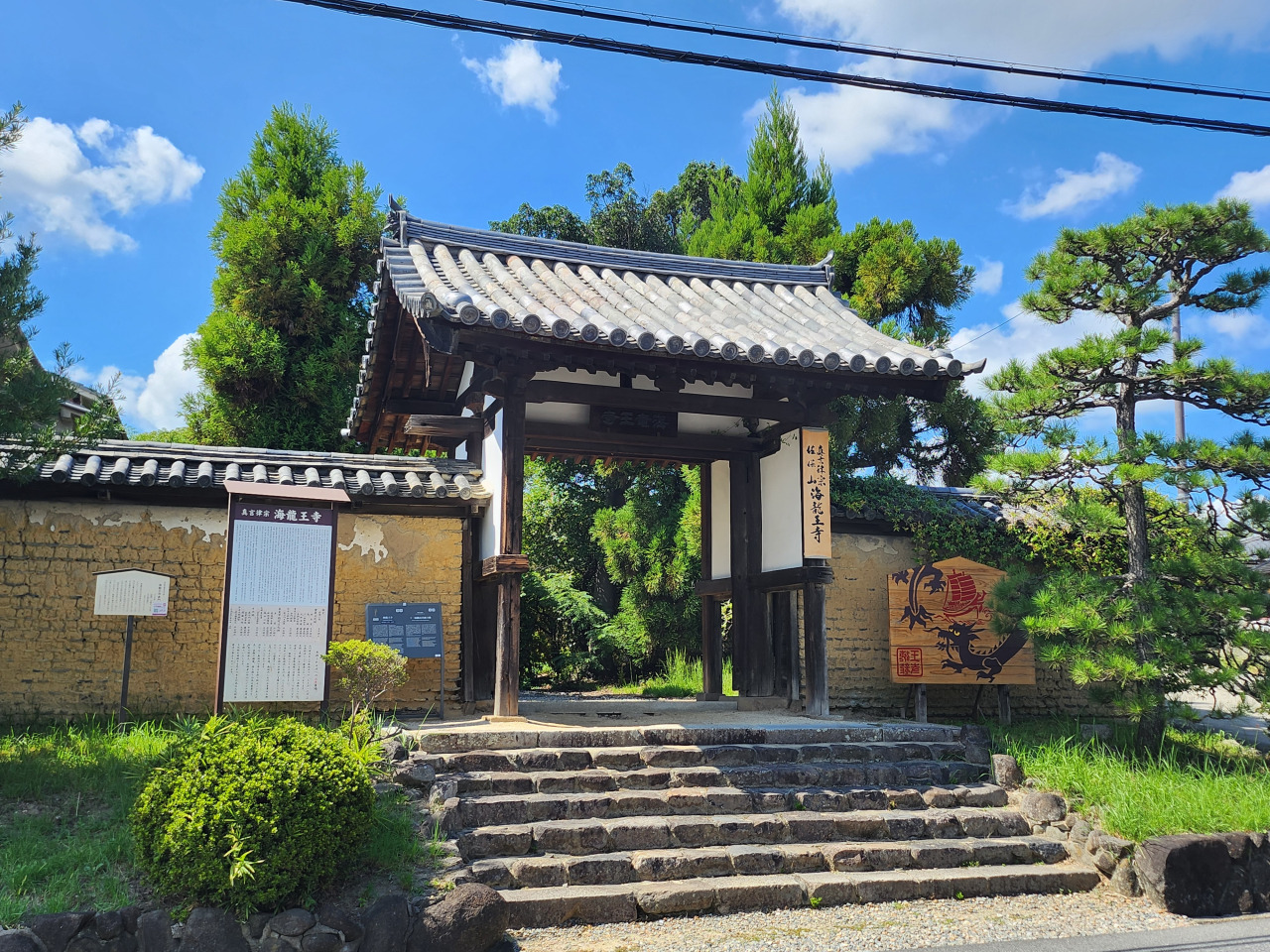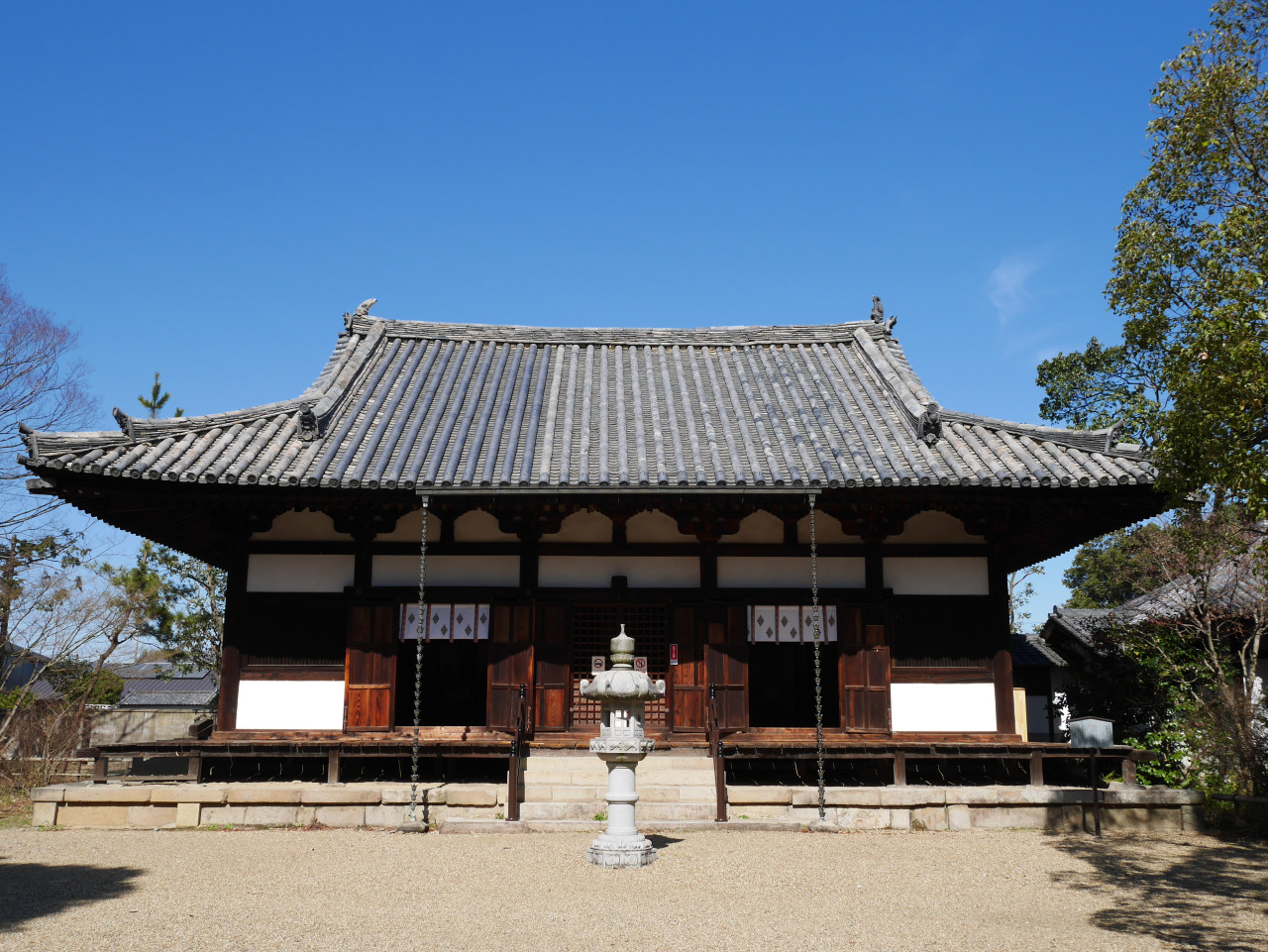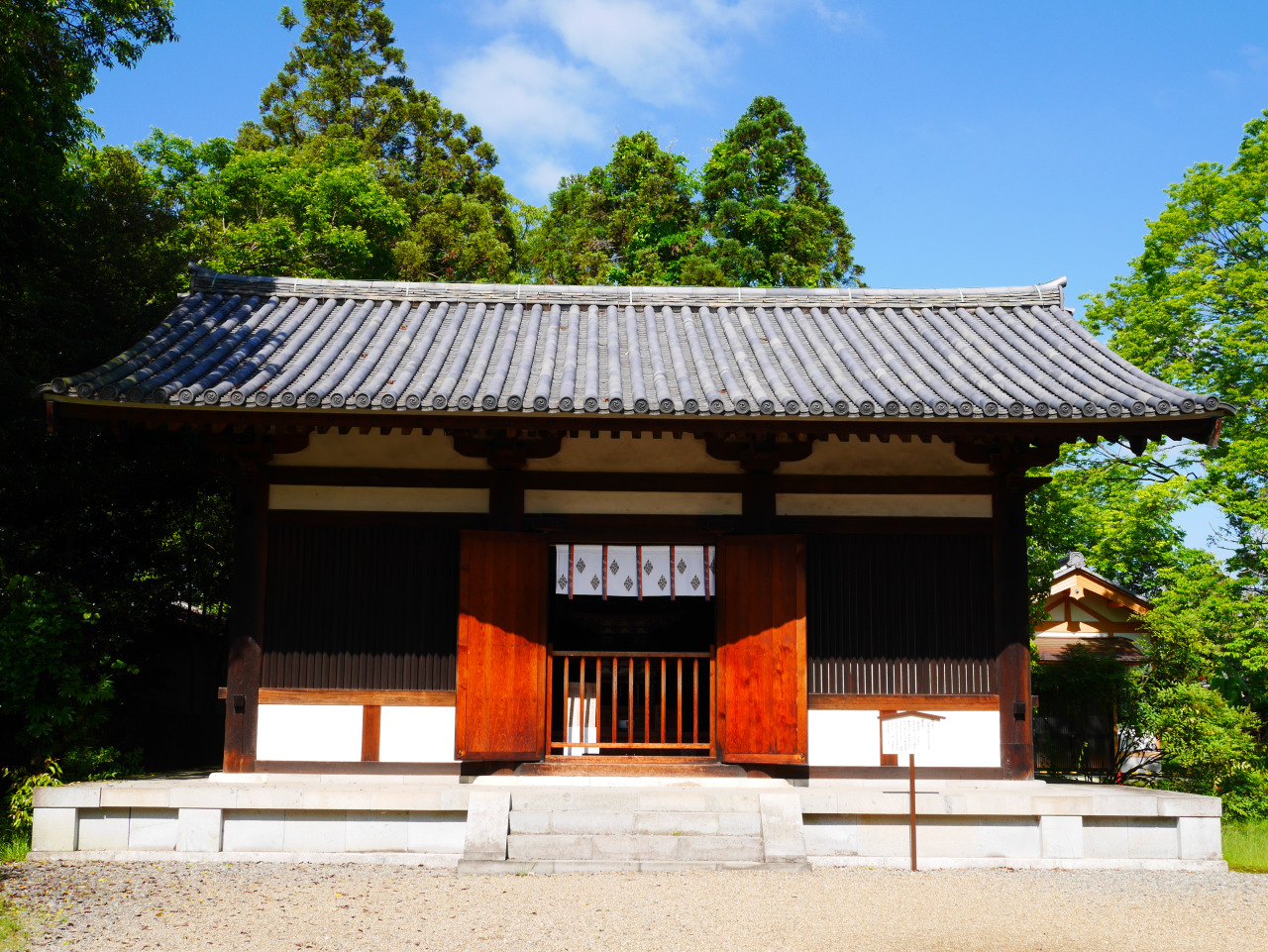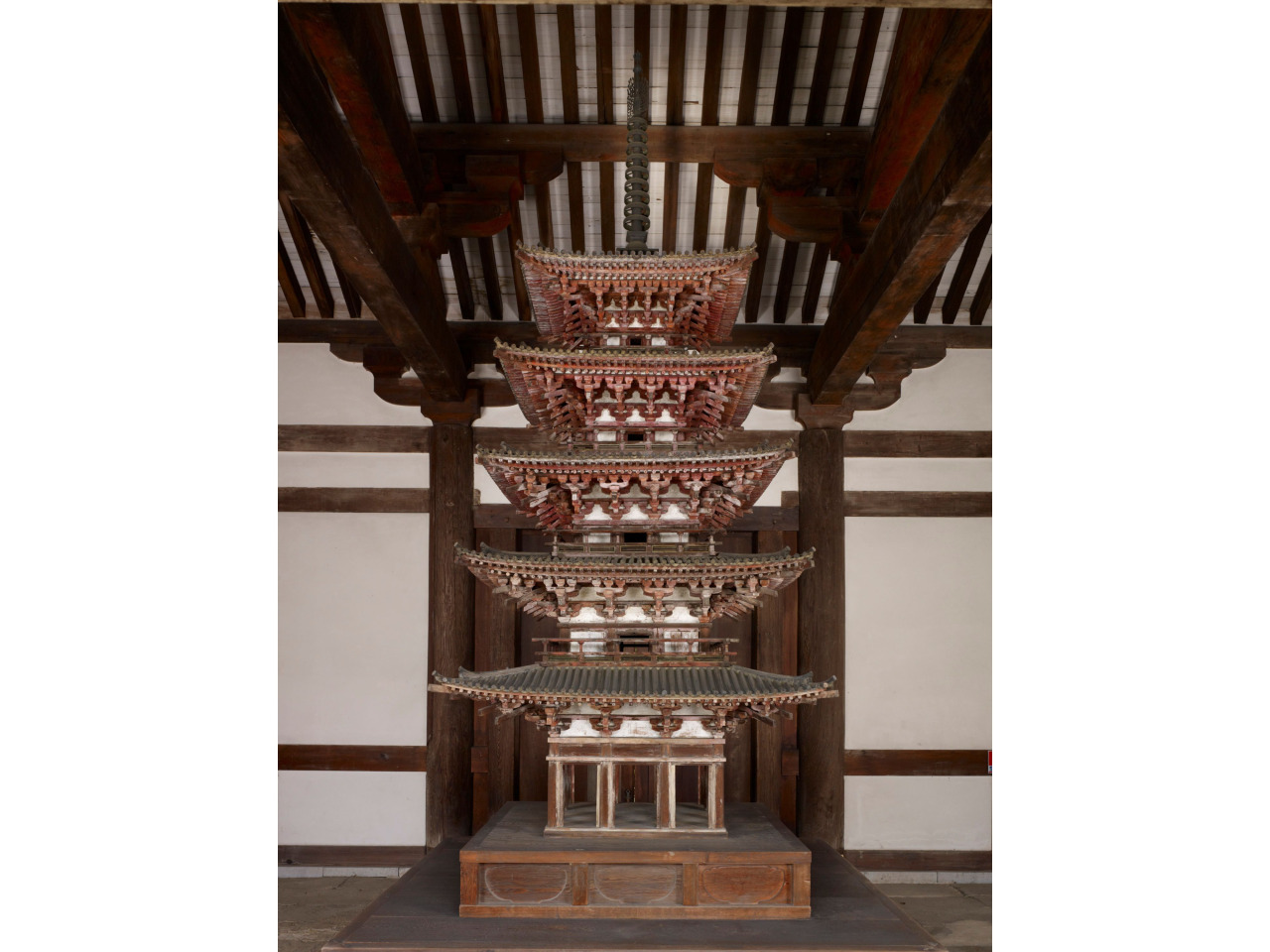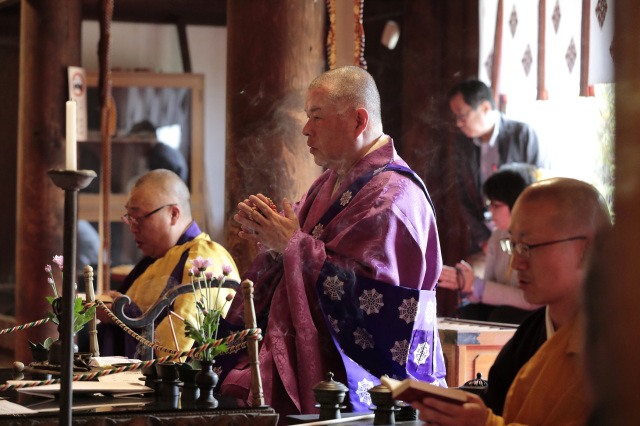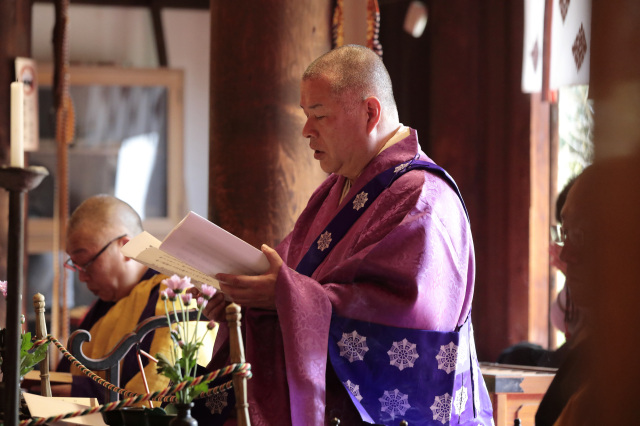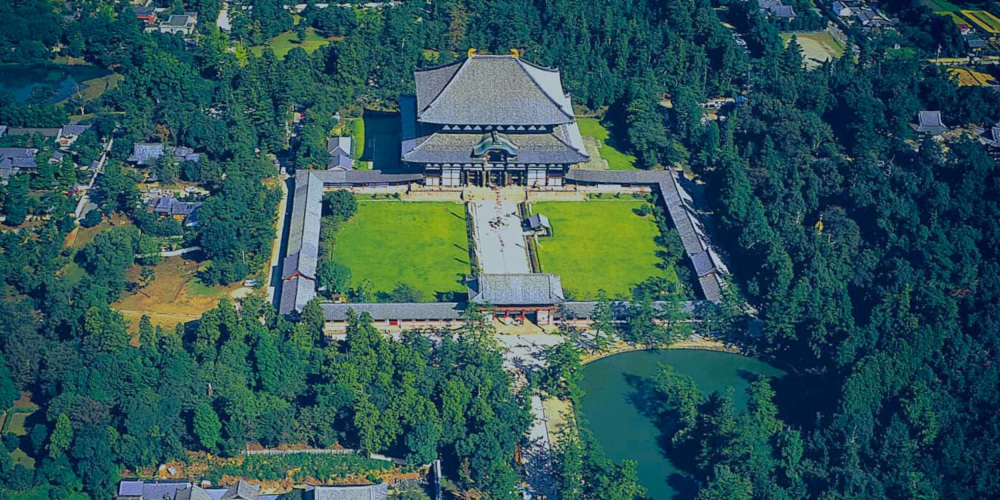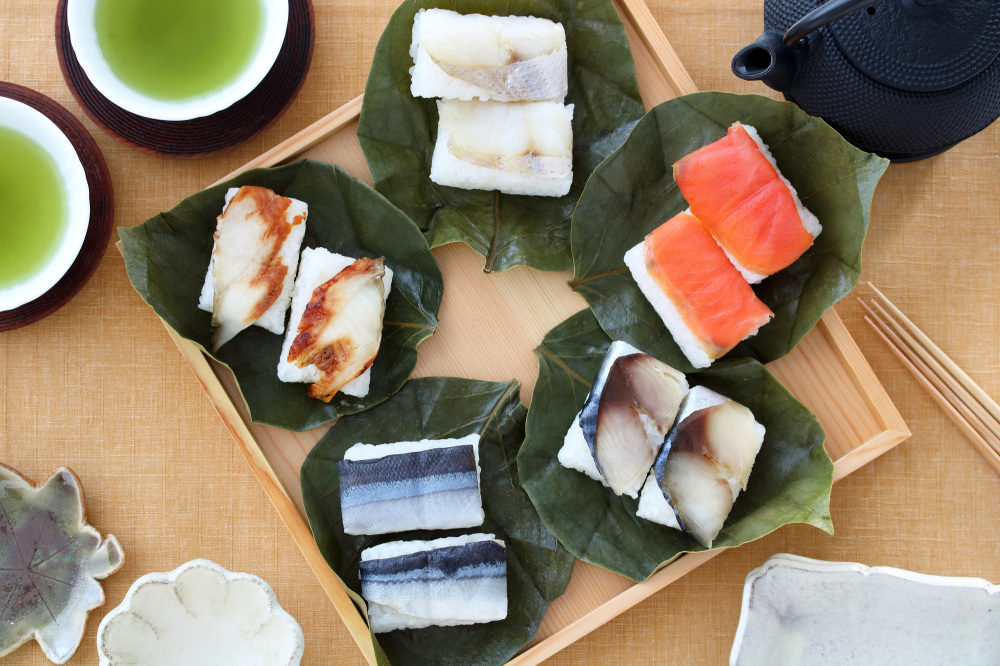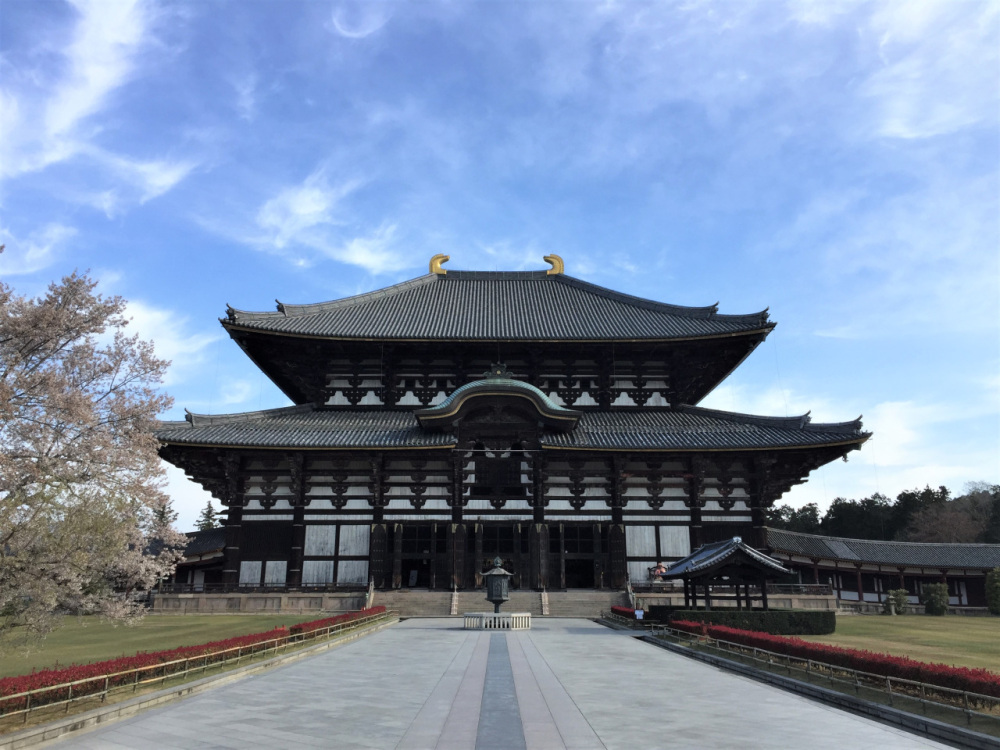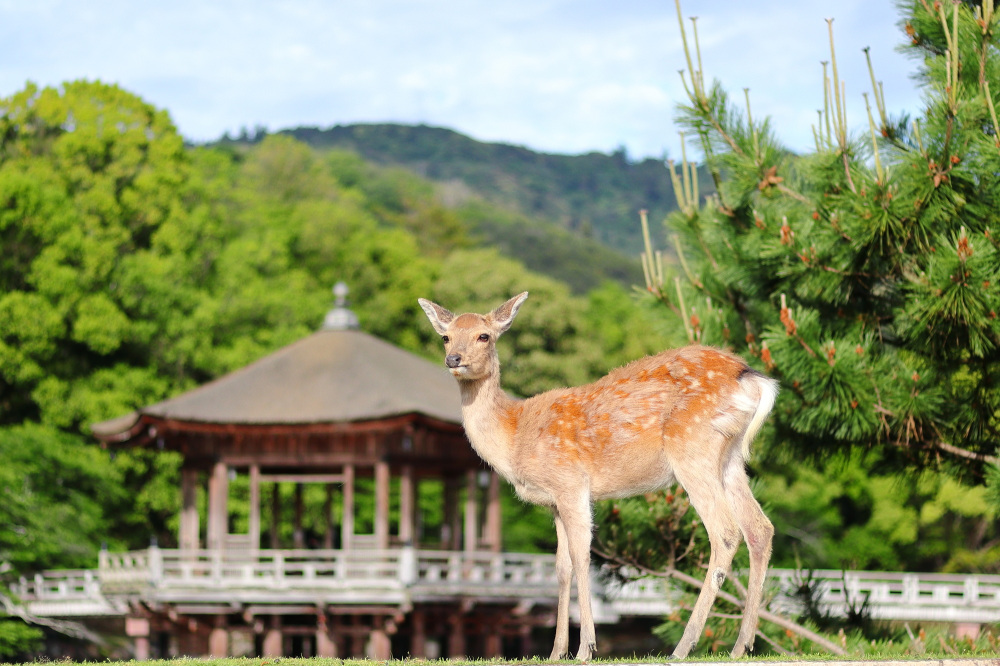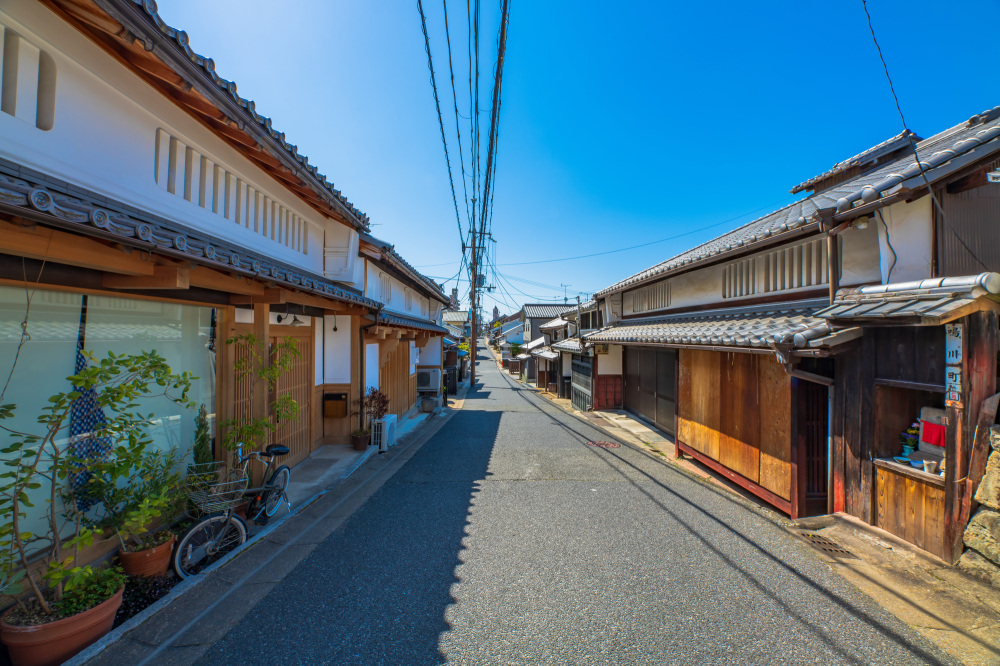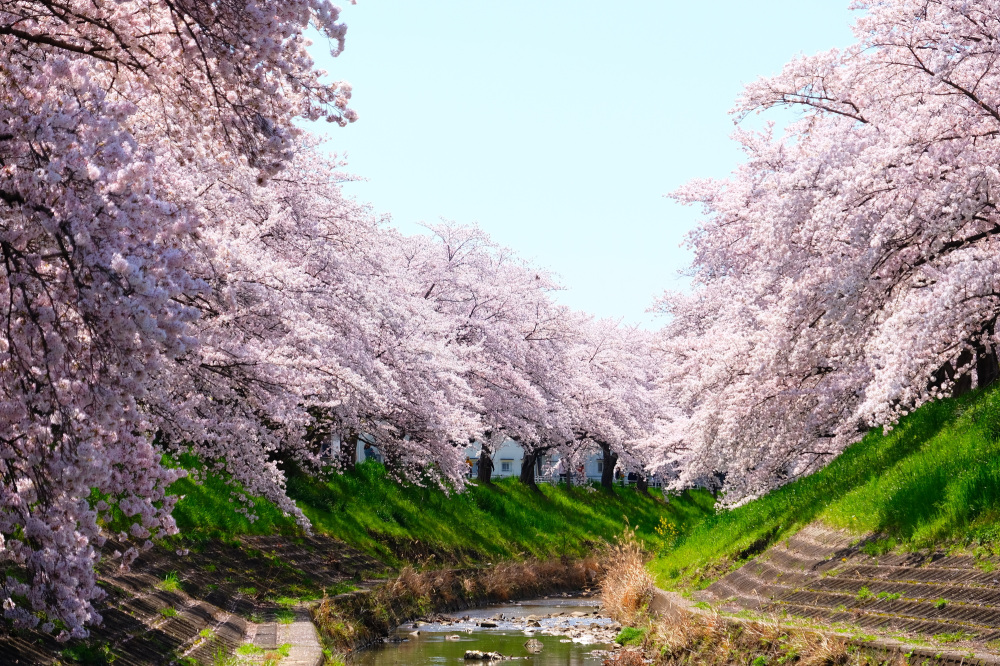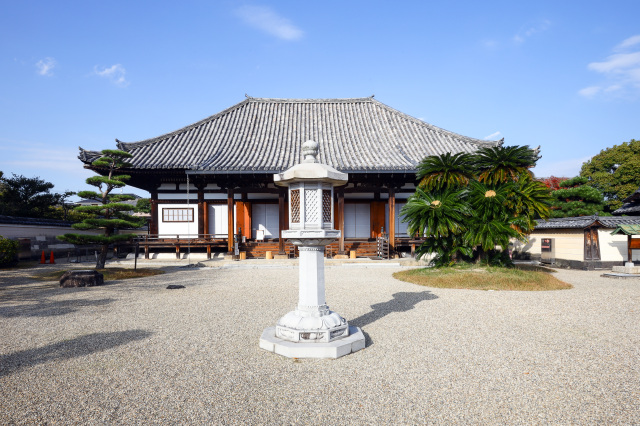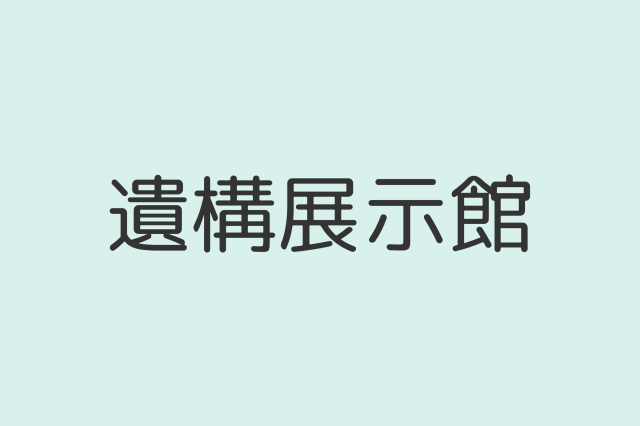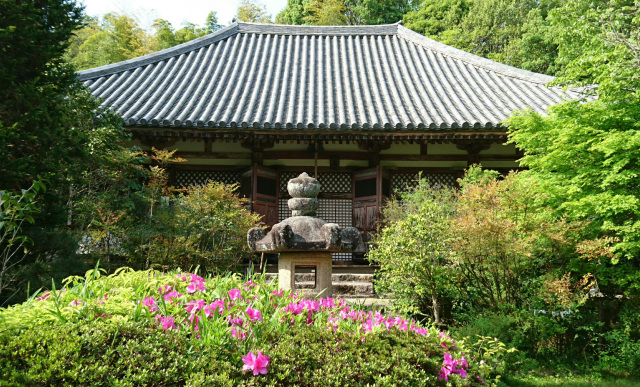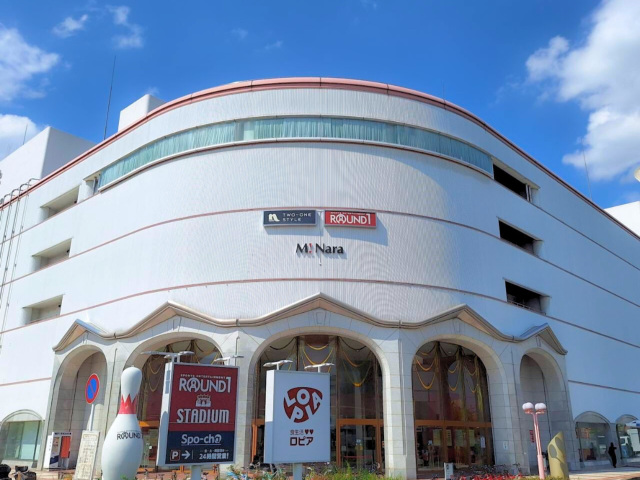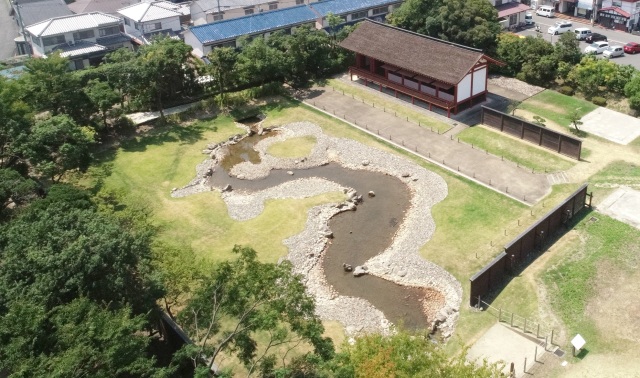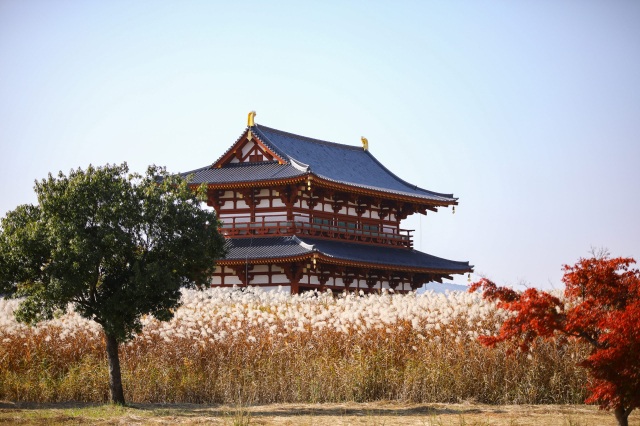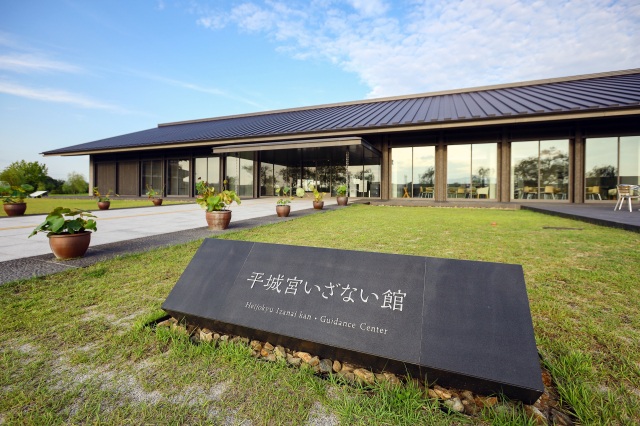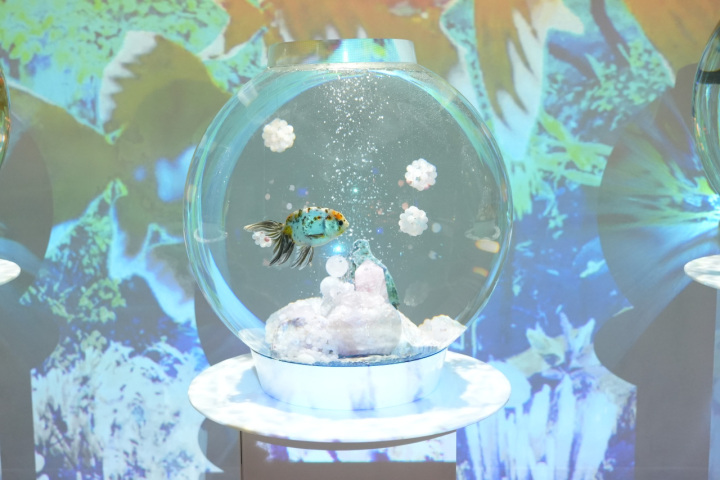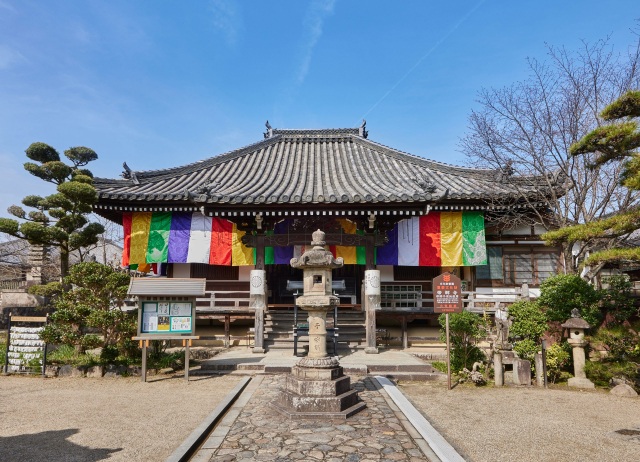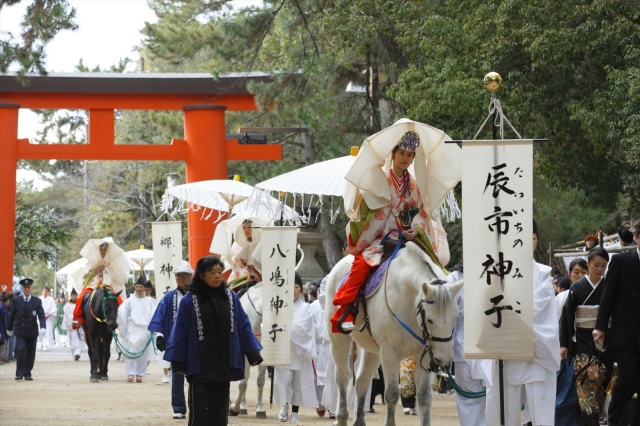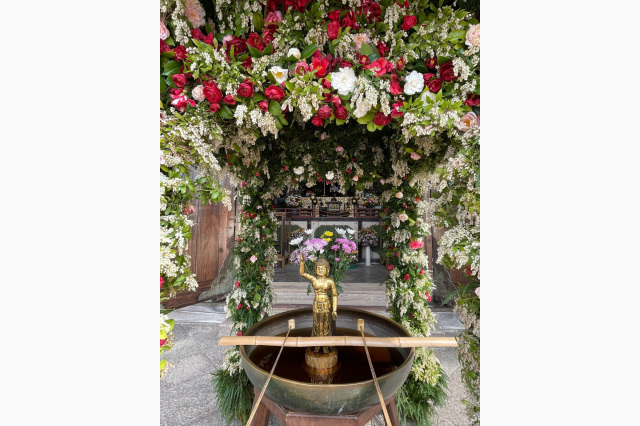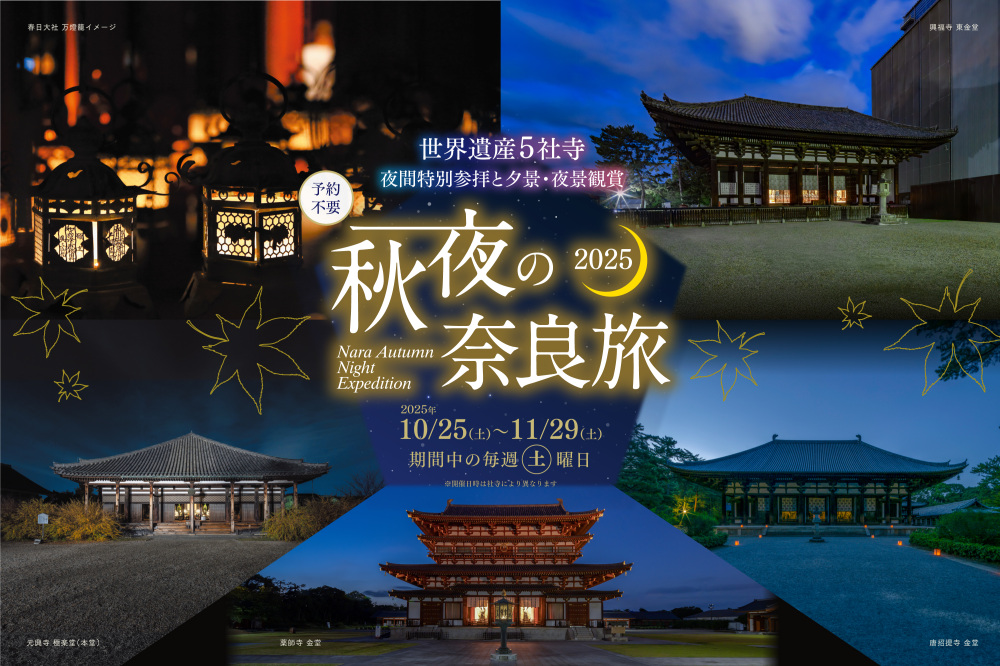Kairyuoji Temple
Area
Category
The temple, with its deep historical and cultural significance, provides a tranquil and reflective experience.
※Unauthorized reproduction of images on this page is prohibited
Kairyuoji Temple was established in 731 by Empress Komyo to ensure that Genbo, who had traveled to Tang Dynasty China as a Japanese envoy and remained there for an extended period to study, could safely return with over 5,000 volumes of Buddhist scriptures and new teachings, as well as to protect the northeast (demon's gate) direction of Heijo Palace.
On his way back to Japan, Genbo encountered a strong storm in the East China Sea, but he narrowly escaped by chanting the Kairyuo Sutra with all his heart and returned safely. For this reason, the temple was named Kairyuoji Temple by Empress Komyo. Kairyu means “Sea Dragon King.” Genbo, who became the first chief priest, regarded Kairyuoji Temple as a training hall in the Heijo Palace and a private temple for the imperial family.
During this period, copying sutras was also a widespread practice, with both Empress Komyo and Kobo Daishi (also known as Kukai) engaging in it. The Heart Sutra, which is believed to have been copied by Kobo Daishi, is still preserved today.
In addition to the five-story pagoda (National Treasure) and the West Golden Hall (Important Cultural Property) that date back to the temple's founding, the main hall contains the mountain gate's plaque (Important Cultural Property), the Eleven-Headed Kannon Standing Statue (Important Cultural Property), and the Standing Manjusri Bodhisattva Statue (Important Cultural Property), all created during the Kamakura period (1185–1333).
Kairyuoji Temple, though relatively small compared to other renowned temples in Nara, is highly regarded for its rich historical and cultural significance. It is also celebrated for its serene atmosphere and stunning seasonal flowers, particularly during the spring and autumn seasons. This temple offers a peaceful and contemplative retreat from the hustle and bustle of the larger temples in the Nara Park area.
Related itineraries
- Nara Camera Trip! Itinerary for 2 days and 1 night to visit photo-worthy spots in the ancient capital
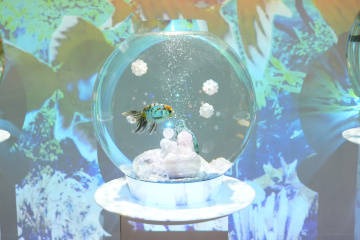
- https://narashikanko.or.jp/en/course/detail_15.html
General Information
- Address
- 897 Hokkeji-Kitamachi, Nara City, Nara, 630-8001
- contact details
- 0742-33-5765(Kairyuoji Temple)
- Times
- 9:00-16:30 (9:00-17:00 during special exhibitions)
- Access
- From JR Nara Station or Kintetsu Nara Station, take a 14-minute bus ride to Saidaiji Station or the Air Self-Defense Force. Get off at "Hokkeji-mae" and walk for 1 minute.
Alternatively, from Kintetsu Yamato-Saidaiji Station, take a 10-minute bus ride to JR Nara Station, get off at "Hokkeji-mae," and walk for 1 minute. - Car Park
- 10 regular-sized cars (free for visitors)
- Admission/Worship Fees (Individual)
- Adults: 500 yen
University students: 500 yen
High school students: 200 yen
Junior high school students: 200 yen
Elementary school students: 100 yen
Special Exhibition
Adults: 600 yen
University students: 600 yen
High school students: 300 yen
Junior high school students: 300 yen
Elementary school students: 100 yen - Admission/Worship Fees (Group)
- Group rates apply: 10% discount for groups of 30 or more
- Discount for Persons with Disabilities
- Free for individuals (present your certificate), please contact us for groups
- Senior Discount
- Get a discount if you bring your Nara City Nanamaru Card (Roshun Techo)
- Seasonal Flower Information
- Snow willow: Late March to mid-April, throughout the temple grounds
- Special Opening
- Please see the temple website for information on special openings.
- Website
- Remarks
The head priest, Ishikawa Jugen, was given the title "Ikeju," which translates to "Cool priest," by his friend, the renowned illustrator Miura Jun, and is sometimes introduced as such in magazines and other publications.
